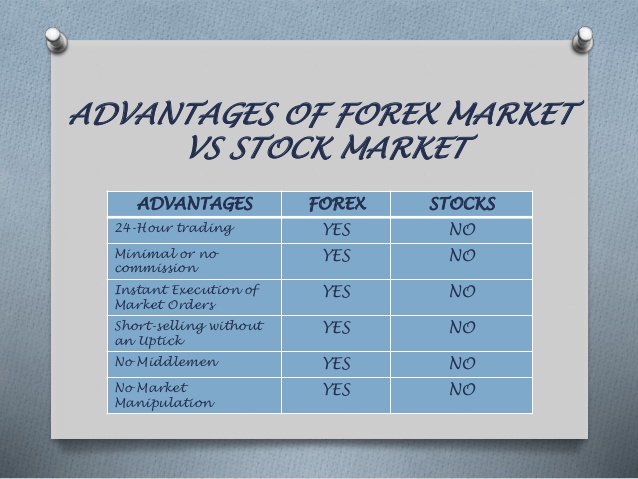
FXTM Calculator is an invaluable tool when trading Forex. This tool can help keep you on top of the market and make sure that you get the most out your deposits. It is also very easy to use. It will fill in all the details automatically after you have entered position properties.
There are various types of calculators available at FXTM. Some of these include the Profit calculator and the Multi-Target calculator. They are both free to use and incredibly useful. They allow you to calculate the profit based on a number of factors such as the currency pairs, the amount of money you are trading, and your lot size. A Profit calculator can be used to calculate the maximum profit that you can expect from a trade. Multi-Target calculator can be used to determine the best time for you to close a trade. It also automatically calculates profit and loss based on your input.
FXTM offers another useful tool, the Pip Value calculator. This tool calculates how much a pip is worth based upon current market rates, lot size and other factors. This tool is particularly helpful for clients that do not have zero-point spreads. You can also use it for determining the fraction of a pip. You can use it for indices, minor pairs, major forex crosses, and more. You can personalize it to match your site's colors.

The Currency Converter is another useful tool at FXTM. It takes your base currency, converts it to the quote currency, and then displays the results. Then, it calculates the profit you can make based on your entry price and closing price. It calculates the pip value of major currencies, such as the Japanese Yuan. You can use it to calculate pips and live market rates for metals.
FXTM's Copy Trading Service is available. This service allows you copy the trades made by other traders. Copy trading is very popular among beginners and those who don't have the time or desire to create strategies. The service offers free webinars, trading strategies, and even trading strategies. The service is available to anyone with a minimum $100 opening balance.
A stop loss feature allows you to close your position automatically when it reaches a certain value. Stop-outs start at 20% and end when they reach 50%. You can also avoid large losses by using the Stop Loss feature. It is important to keep a consistent profit. A modest gain percentage of 2% per trade could result in large equity.
The FXTM Invest Copy Trading service is very popular with beginners. You can trade more than 5,000 trading strategies. Trader can copy trades from strategy providers and only pay commissions for successful trades. You can also access the service via desktop or mobile.

FXTM offers excellent customer service. There is 24-hour customer support available in 18 languages. It also offers trading signals, trading guides, and economic calendars. To help novice traders get started in Forex trading, there are trading tutorials and educational resources. The company's daily market analysis helps beginners understand the real world implications of news events. It offers trading ideas that are based on technical analysis.
FAQ
What is the difference of a broker versus a financial adviser?
Brokers are individuals who help people and businesses to buy and sell securities and other forms. They take care all of the paperwork.
Financial advisors are specialists in personal finance. They are experts in helping clients plan for retirement, prepare and meet financial goals.
Banks, insurers and other institutions can employ financial advisors. Or they may work independently as fee-only professionals.
Take classes in accounting, marketing, and finance if you're looking to get a job in the financial industry. Also, it is important to understand about the different types available in investment.
What's the difference between the stock market and the securities market?
The whole set of companies that trade shares on an exchange is called the securities market. This includes stocks, options, futures, and other financial instruments. There are two types of stock markets: primary and secondary. Stock markets are divided into two categories: primary and secondary. Secondary stock markets are smaller exchanges where investors trade privately. These include OTC Bulletin Board, Pink Sheets and Nasdaq SmallCap market.
Stock markets are important for their ability to allow individuals to purchase and sell shares of businesses. The price at which shares are traded determines their value. Public companies issue new shares. Dividends are received by investors who purchase newly issued shares. Dividends are payments made to shareholders by a corporation.
Stock markets serve not only as a place for buyers or sellers but also as a tool for corporate governance. Boards of directors, elected by shareholders, oversee the management. Boards ensure that managers use ethical business practices. In the event that a board fails to carry out this function, government may intervene and replace the board.
What is a bond?
A bond agreement is an agreement between two or more parties in which money is exchanged for goods and/or services. Also known as a contract, it is also called a bond agreement.
A bond is usually written on a piece of paper and signed by both sides. The document contains details such as the date, amount owed, interest rate, etc.
The bond is used for risks such as the possibility of a business failing or someone breaking a promise.
Bonds are often combined with other types, such as mortgages. This means that the borrower must pay back the loan plus any interest payments.
Bonds are also used to raise money for big projects like building roads, bridges, and hospitals.
It becomes due once a bond matures. This means that the bond's owner will be paid the principal and any interest.
Lenders lose their money if a bond is not paid back.
What are the benefits of stock ownership?
Stocks are more volatile than bonds. If a company goes under, its shares' value will drop dramatically.
The share price can rise if a company expands.
For capital raising, companies will often issue new shares. This allows investors buy more shares.
To borrow money, companies use debt financing. This allows them to get cheap credit that will allow them to grow faster.
When a company has a good product, then people tend to buy it. Stock prices rise with increased demand.
As long as the company continues to produce products that people want, then the stock price should continue to increase.
Statistics
- Our focus on Main Street investors reflects the fact that American households own $38 trillion worth of equities, more than 59 percent of the U.S. equity market either directly or indirectly through mutual funds, retirement accounts, and other investments. (sec.gov)
- The S&P 500 has grown about 10.5% per year since its establishment in the 1920s. (investopedia.com)
- US resident who opens a new IBKR Pro individual or joint account receives a 0.25% rate reduction on margin loans. (nerdwallet.com)
- Individuals with very limited financial experience are either terrified by horror stories of average investors losing 50% of their portfolio value or are beguiled by "hot tips" that bear the promise of huge rewards but seldom pay off. (investopedia.com)
External Links
How To
How to create a trading strategy
A trading plan helps you manage your money effectively. It will help you determine how much money is available and your goals.
Before creating a trading plan, it is important to consider your goals. You may want to save money or earn interest. Or, you might just wish to spend less. You may decide to invest in stocks or bonds if you're trying to save money. If you earn interest, you can put it in a savings account or get a house. Maybe you'd rather spend less and go on holiday, or buy something nice.
Once you decide what you want to do, you'll need a starting point. This will depend on where and how much you have to start with. Consider how much income you have each month or week. Income is what you get after taxes.
Next, you will need to have enough money saved to pay for your expenses. These expenses include bills, rent and food as well as travel costs. All these things add up to your total monthly expenditure.
Finally, you'll need to figure out how much you have left over at the end of the month. This is your net income.
Now you've got everything you need to work out how to use your money most efficiently.
Download one online to get started. You could also ask someone who is familiar with investing to guide you in building one.
Here's an example of a simple Excel spreadsheet that you can open in Microsoft Excel.
This graph shows your total income and expenditures so far. It also includes your current bank balance as well as your investment portfolio.
Here's an additional example. This was created by a financial advisor.
It will help you calculate how much risk you can afford.
Don't attempt to predict the past. Instead, put your focus on the present and how you can use it wisely.